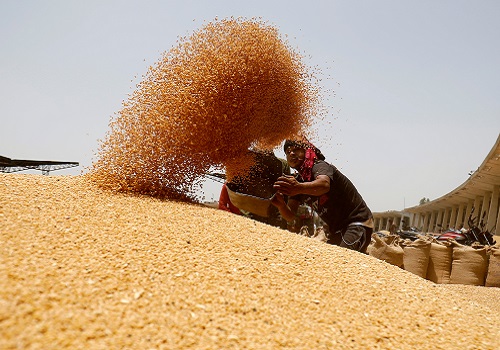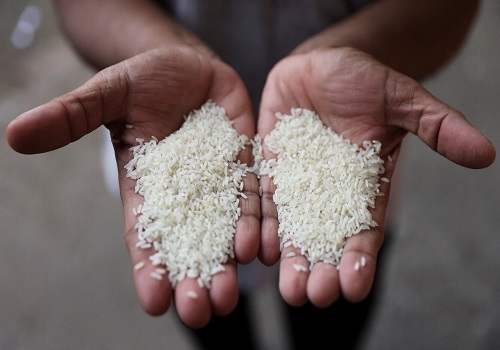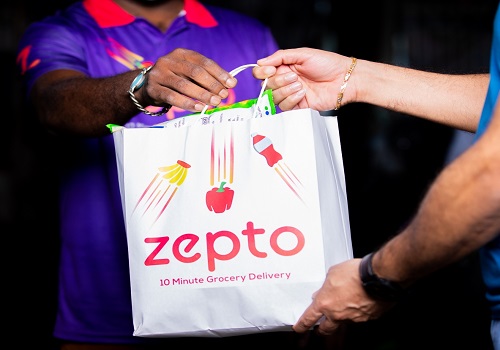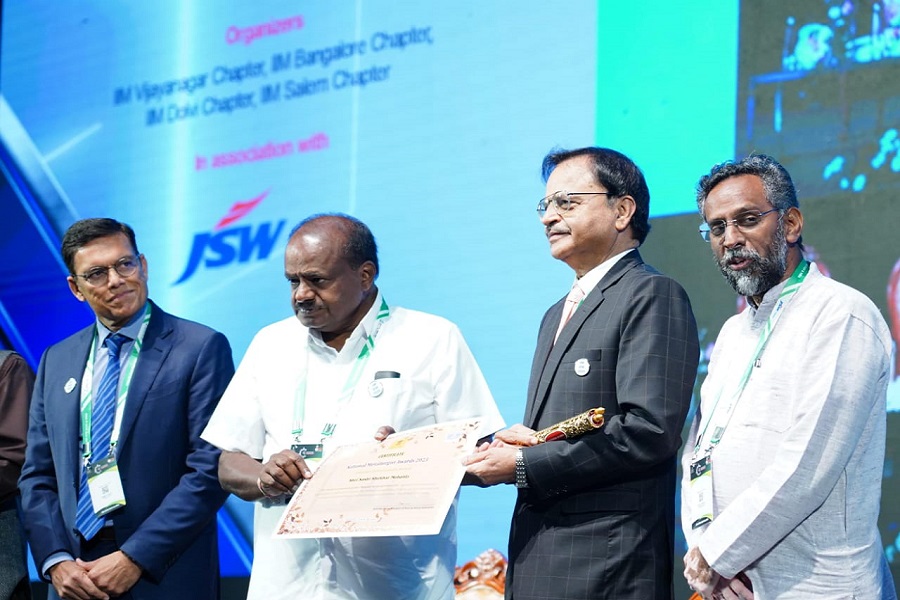India's Kharif Sowing Surges: Record Acreage and Crop Diversity Propel Agriculture Growth by Amit Gupta, Kedia Advisory

Follow us Now on Telegram ! Get daily 10 - 12 important updates on Business, Finance and Investment. Join our Telegram Channel
India's kharif sowing season has seen remarkable progress with over 50% of the normal area covered by mid-July, marking a 10% increase from last year. Key crops like paddy, soyabean, and maize have shown substantial acreage gains, reflecting robust agricultural expansion. The surge in pulses, particularly arhar, has been notable, driven by favorable market signals. Despite challenges like fluctuating groundnut and moong acreage, overall agricultural resilience and diverse crop strategies are driving this season's success.
Highlights
Kharif Sowing Progress: Over half of India's normal kharif sowing area (1,096 lakh hectares) was completed by July 12, indicating a significant momentum in crop coverage.
Increase in Kharif Acreage: The total kharif acreage reached 570.23 lakh hectares, a 10% increase from the same period last year, which was 513.27 lakh hectares.
Paddy Coverage Surge: Paddy acreage saw a significant increase of 20.7%, reaching 115.64 lakh hectares by July 12, up from 95.8 lakh hectares a year ago, with 55 lakh hectares covered in the past week alone.
Soyabean and Oilseeds: Soyabean coverage rose by 31.1% to 108.1 lakh hectares, contributing to a 22% increase in overall oilseeds acreage, which reached 140.02 lakh hectares.
Groundnut Acreage: Groundnut acreage remained relatively stable, slightly lower at 28.2 lakh hectares compared to 28.3 lakh hectares the previous year.
Cotton Sowing: Cotton acreage increased by 3%, reaching 95.79 lakh hectares, though some farmers in Punjab, Rajasthan, and Haryana have shifted to other crops like paddy and maize.
Maize Acreage: Maize sowing area increased significantly by 34.3%, reaching 58.9 lakh hectares from 43.8 lakh hectares.
Pigeon Pea (Arhar) Increase: Arhar acreage tripled, reaching 28.1 lakh hectares due to favorable market prices, with current retail prices in Delhi ranging from ?175-230/kg.
Urad and Moong Pulses: Urad acreage increased by 9% to 13.9 lakh hectares, while Moong acreage decreased by 19.3%, now at 15.8 lakh hectares.
Overall Pulses Coverage: Sowing of all pulses reached 57.8 lakh hectares, a 25.9% increase from nearly 42 lakh hectares a year ago.
Sugarcane and Jute/Mesta: Sugarcane acreage increased slightly to 57.7 lakh hectares, while jute and mesta area decreased to 5.6 lakh hectares from 6 lakh hectares.
Nutri Cereals (Shree Anna): Nutri cereals area recovered significantly, reaching 97.6 lakh hectares due to improved bajra sowing, though still 7% lower than last year's 105 lakh hectares. Bajra area specifically was at 28.3 lakh hectares compared to 50.1 lakh hectares a year ago.
Monsoon Impact: The early onset of the monsoon on May 30 and its timely coverage of the entire country contributed to the higher sowing coverage, unlike the previous year, which was affected by El Nino, leading to below-average rainfall.
Conclusion
The early and widespread monsoon onset has been a crucial factor in this year's successful kharif sowing, ensuring timely coverage and bolstering crop health nationwide. The significant increases in major crop acreages like paddy and soyabean indicate a promising agricultural season ahead. However, challenges such as shifting crop preferences in certain regions highlight the need for adaptive farming practices and policy support. Overall, the current trends suggest a positive outlook for India's agricultural sector, underpinned by resilience, adaptability, and strategic diversification in crop cultivation.
Above views are of the author and not of the website kindly read disclaimer










Tag News

China Unveils Policies to Boost Trade Amid Tariff Worries by Amit Gupta, Kedia Advisory



More News

Harvesting Success: India's Wheat Procurement Surges, Setting 3-Year High Expectations by Am...









